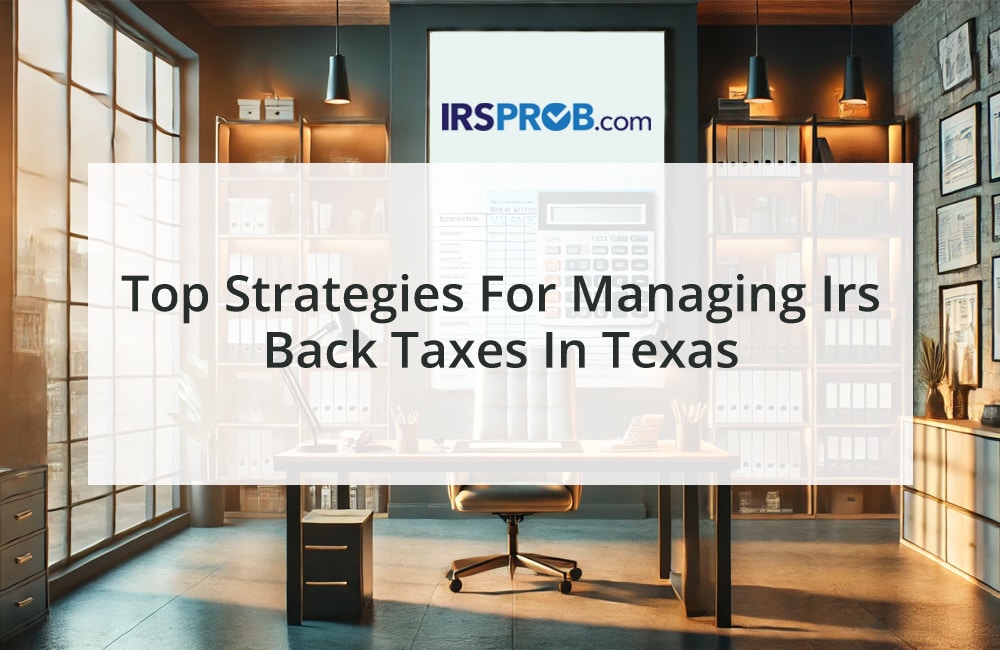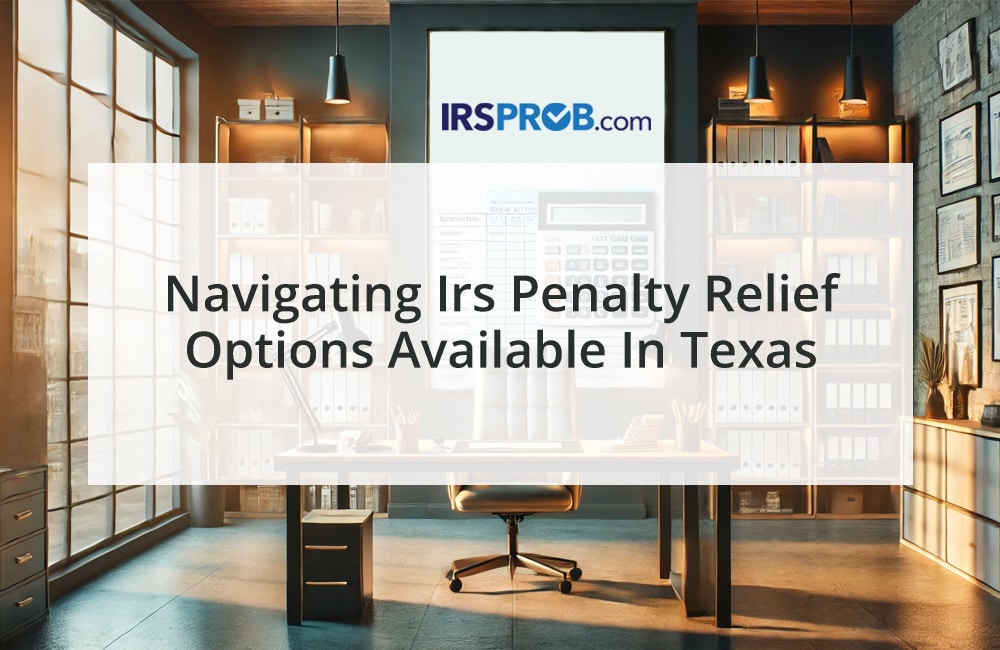
As a business owner, planning for retirement is crucial, and Individual Retirement Accounts (IRAs) are often a key component of that plan. However, it’s essential to understand the rules surrounding Required Minimum Distributions (RMDs), especially with recent changes in legislation. This guide will help you navigate the complexities of RMDs for2024 and beyond.
What are Required Minimum Distributions (RMDs)?
RMDs are the minimum amounts you must withdraw from your retirement accounts each year once you reach a certain age. These distributions ensure that retirement savings are used during your lifetime and not solely as a wealth transfer vehicle.
Key Changes for 2024
The most significant recent change affecting RMDs is the increase in the age at which they must begin. As of 2024:
- You must take your first RMD by April 1 of the year following the year in which you turn 73, regardless of whether you’re still employed.
This is a change from previous years when the age was 72, and before that, 70½. This adjustment allows for a longer period of tax-deferred growth in your retirement accounts.
Important Dates and Deadlines
- First RMD: Due by April 1 of the year following the year you turn 73.
- Subsequent RMDs: Due by December 31 of each year after your first RMD.
Example Timeline:
- If you turn 73 on June 30, 2024, you must take your first RMD (for 2024) by April 1, 2025.
- Your second RMD (for 2025) would then be due by December 31, 2025.
Calculating Your RMD
The RMD calculation is based on two factors:
- The adjusted market value of your IRA as of December 31 of the preceding year.
- Your life expectancy factor from the IRS Uniform Lifetime Table.
Calculation Formula:
RMD = Account Balance / Distribution Period
Example:
If you turn 78 in 2024 and your IRA balance was $440,000 on December 31, 2023:
- Your distribution period from the Uniform Lifetime Table is 22.0
- Your RMD for 2024 would be $440,000 / 22.0 = $20,000
Special Considerations for Business Owners
- Multiple IRAs: If you have multiple IRAs, calculate the RMD for each separately, but you can withdraw the total amount from one or any combination of your IRAs.
- Defined Contribution Plans: For plans like 401(k)s, the rules are slightly different. You may be able to delay RMDs until you retire if you’re still working and don’t own more than 5% of the company.
- Roth IRAs: These accounts are not subject to RMDs during the owner’s lifetime, making them an excellent tool for tax planning.
Penalties for Non-Compliance
The penalty for not taking the full RMD is severe:
- 25% of the amount not distributed as required.
- This can be reduced to 10% if you correct the shortfall within the correction period.
Given the substantial penalty, it’s crucial to stay on top of your RMD obligations.
Strategies for Business Owners
- Plan Ahead: Start planning for RMDs before you turn 73. This can help you manage your tax liability more effectively.
- Consider Qualified Charitable Distributions (QCDs): If you’re charitably inclined, you can use QCDs to satisfy your RMD and potentially reduce your taxable income.
- Roth Conversions: Converting traditional IRA funds to a Roth IRA before RMDs kick in can help reduce future RMDs and provide tax-free growth.
- Coordinate with Your Business Retirement Plan: If you’re still working and have a 401(k) or other qualified plan through your business, you might be able to roll IRA funds into the plan to delay RMDs on those funds.
Conclusion
Understanding and properly managing your RMDs is a crucial part of retirement planning, especially for business owners who often have more complex financial situations. The rules can be intricate, and the penalties for mistakes are significant. As such, it’s always advisable to work with a qualified tax professional or financial advisor to ensure you’re making the most of your retirement accounts while staying compliant with IRS regulations.
Remember, while this guide provides a solid overview of RMDs for 2024, tax laws can change, and individual situations vary. Always consult with a professional for personalized advice tailored to your specific circumstances.
By staying informed and planning ahead, you can make the most of your retirement savings and ensure a smooth transition into your retirement years.









